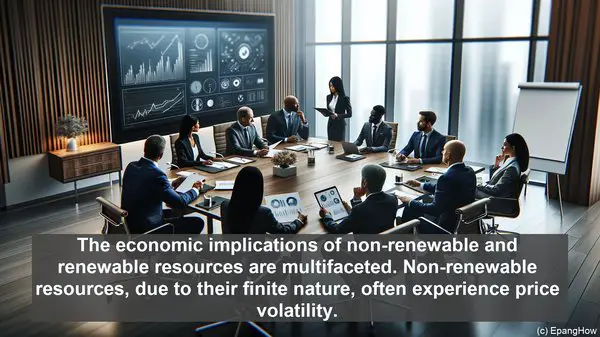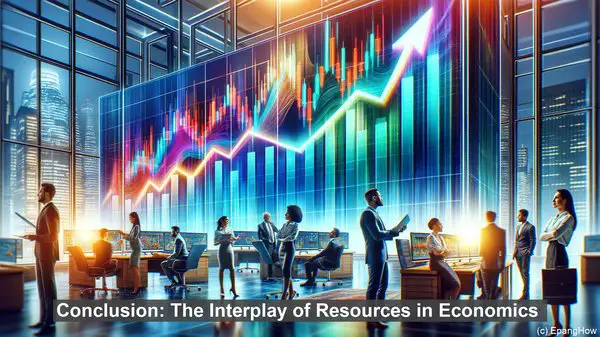Introduction: The Essence of Resources in Economics
Hello everyone! Resources are the backbone of any economy, serving as the building blocks for production and growth. In economics, resources are broadly classified into two categories: non-renewable resources and renewable resources. While both are vital, they possess distinct characteristics and implications. Today, we’ll delve into the differences between these two resource types, shedding light on their significance in the economic realm.
Non-Renewable Resources: Finite but Valuable
Non-renewable resources, as the name suggests, are finite in nature. These resources took millions of years to form, such as fossil fuels like coal, oil, and natural gas. Once extracted and utilized, they cannot be replenished within a short span. Non-renewable resources are often characterized by their high energy content, making them valuable for various purposes, from electricity generation to fuel for transportation. However, their finite nature poses a challenge, as their depletion is inevitable. This has significant economic implications, as their scarcity can lead to price fluctuations and increased competition.
Renewable Resources: Nature’s Endless Bounty
In contrast to non-renewable resources, renewable resources are virtually limitless. These resources are derived from nature’s ongoing processes and can be naturally replenished within a human lifespan. Examples include solar energy, wind energy, and biomass. The key advantage of renewable resources lies in their sustainability. As they can be continuously replenished, their utilization does not deplete the resource base. This not only ensures their availability for future generations but also mitigates the economic risks associated with scarcity. Furthermore, renewable resources often have lower environmental impacts, making them an attractive choice from a sustainability standpoint.

Economic Implications: Balancing the Scale
The economic implications of non-renewable and renewable resources are multifaceted. Non-renewable resources, due to their finite nature, often experience price volatility. As their availability decreases, their prices tend to rise, impacting various sectors, from energy-intensive industries to everyday consumer goods. Additionally, the extraction and utilization of non-renewable resources can have environmental consequences, such as pollution and habitat destruction. On the other hand, renewable resources, while offering long-term stability, require significant upfront investments in infrastructure. However, their utilization can lead to job creation, technological advancements, and a reduced carbon footprint, aligning with the goals of a sustainable economy.

